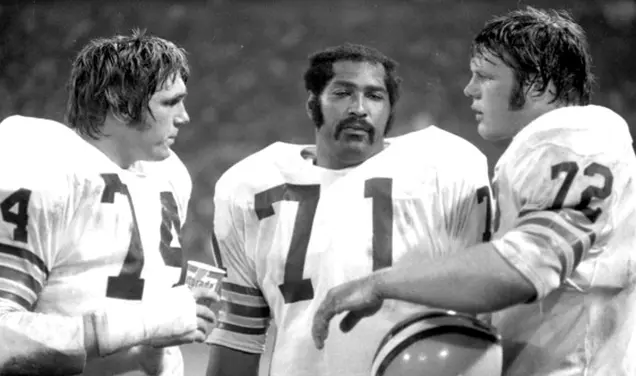Faculty Bookshelf
Professor emerita Nell Irvin Painter traces a racial construct and its expansion through time and across continents
Nell Irvin Painter’s wide-ranging 400-page historical investigation of “whiteness” began with a simple question: Why are white people called “Caucasian?”
Her question was prompted by the mid-1990s violence in Eurasia and images in the news of Chechens, who are literally Caucasian yet look different from white people in America.
Her answer led her to the way race became an idea in the 18th century and to the German anthropologist and race scholar Johann Friedrich Blumenbach, who studied skulls along with skin color. Blumenbach declared that his most beautiful skull had come from a woman in the Caucasus, a mountainous region in Eurasia. The term Caucasian eventually “floated far from its geographical origin,” according to Painter, and became the “scientific term of choice for white people.”
Painter’s new book, The History of White People, published by W.W. Norton in March, brings the academic discipline of “whiteness studies” — the examination of white as a racial and cultural construct — to a broad reading public. Painter is the Edwards Professor of American History emerita at Princeton, where she taught a class on the subject.
Painter examines the evolution of that racial category and racial thinkers through history, to show that the definition of “white” depended on the dominant culture and often was influenced by notions of beauty and power.
A renowned scholar of African-American history, Painter traces the emergence of the concept of “whiteness” as American and European thinkers read and corresponded with one another, bouncing ideas back and forth across the ocean in the 18th and 19th centuries. While much of the theory about race was first developed in Europe, America with its mix of nationalities provided a ready testing ground.
The linchpin in Painter’s story of whiteness in America is Ralph Waldo Emerson, whom Painter calls “the philosopher-king of American white-race theory.” The idea of white changed with Emerson as he applied it — in his hallmark English Traits — to Anglo-Saxons, arguing that American Anglo-Saxons were the true whites and a superior race.
Emerson’s link between American and Saxon primed American thought for the onslaught of “scientific” studies, including I.Q. tests, in the early 20th century. Along with anthropological studies, these tests quantified racial difference and universally concluded that recent immigrants, such as Eastern European Jews and Italians, were innately inferior and did not belong
in the category of white.
Painter shows that the definition of white has expanded since World War II: European minority groups, like Eastern European Jews, now are considered white. To many people, questions of race in America today tend to exclusively mean questions of white and black, Painter says. And we no longer recognize that the different races of Europe were not considered white, she says, but were considered separate racial categories. Says Painter: “It’s a forgotten history.”
Who Cares? Public Ambivalence and Government Activism from the New Deal to the Second Gilded AgeKATHERINE S. NEWMAN,C.K. WILLIAMS,Leaves of GrassOn WhitmanChina and the Vocation of History in the Twentieth Century: A Personal Memoir East Asian Library JournalFREDERICK W. MOTE,Global Capitalism:A Sociological PerspectiveMIGUEL A. CENTENO,













1 Response
Jeffrey B. Perry ’68
9 Years Ago'White race' studies
Professor emerita Nell Irvin Painter’s The History of White People begins, “I might have entitled this book Constructions of White Americans from Antiquity to the Present.” When I read Anne Ruderman ’01’s article (Faculty Bookshelf, June 2) about Painter’s book, I thought immediately of the work of Theodore W. Allen, author of the seminal, two-volume The Invention of the White Race. Painter described Allen’s work as “a classic” in a 2003 Yale lecture, yet she never even mentions it in her History.
In The Invention of the White Race Allen explains, based on 20-plus years of primary research, that there were no “white” people in pattern-setting Virginia when the first Africans arrived in 1619 and that the word “white,” as a token of social status, wasn’t in use prior to 1691. His most important contribution is his thesis that the “white race” was invented as a ruling-class, social-control formation in response to labor unrest as manifested in the later (civil war) stages of Bacon’s Rebellion (1676–77).
In support of his main thesis, Allen details how a system of racial privileges was deliberately instituted in order to define and establish the “white race” and how the consequences were not only ruinous to the interests of the African-American, but were also disastrous for the “white” worker. He makes clear that the invention of the “white race” was political and that it was not part of genetic evolution.
Since Allen’s Invention poses such a fundamental challenge to Painter’s History, I thought it appropriate to call Allen’s work to the attention of PAW readers interested in the struggle against white supremacy.